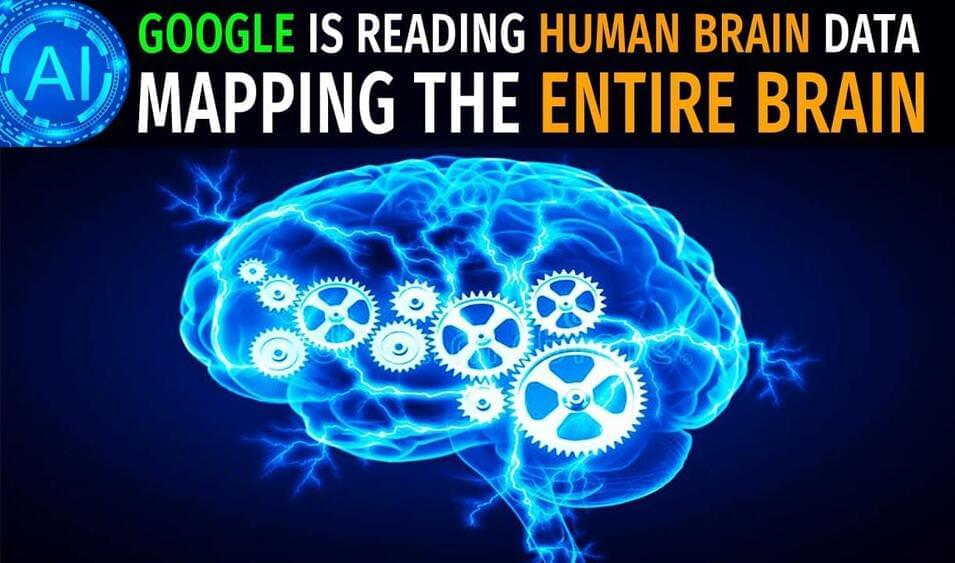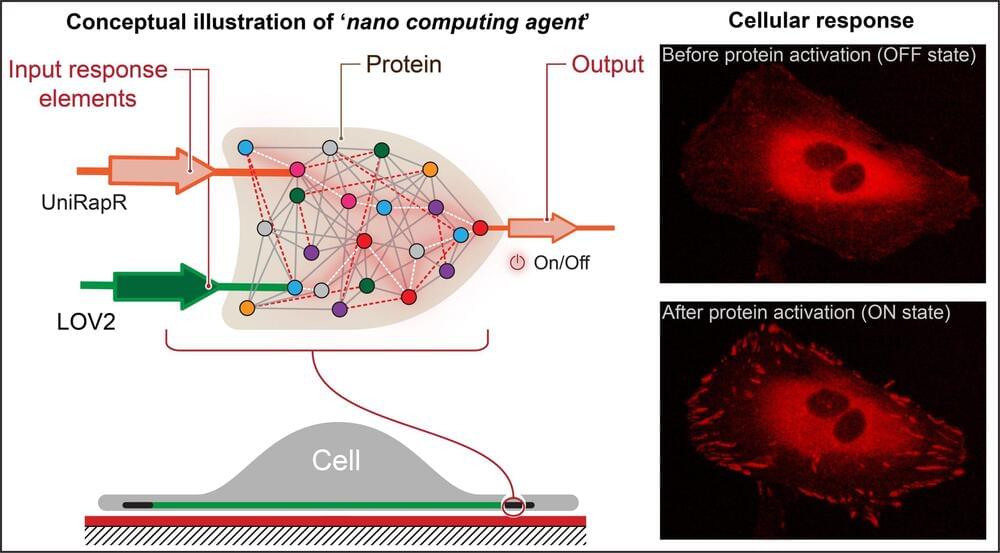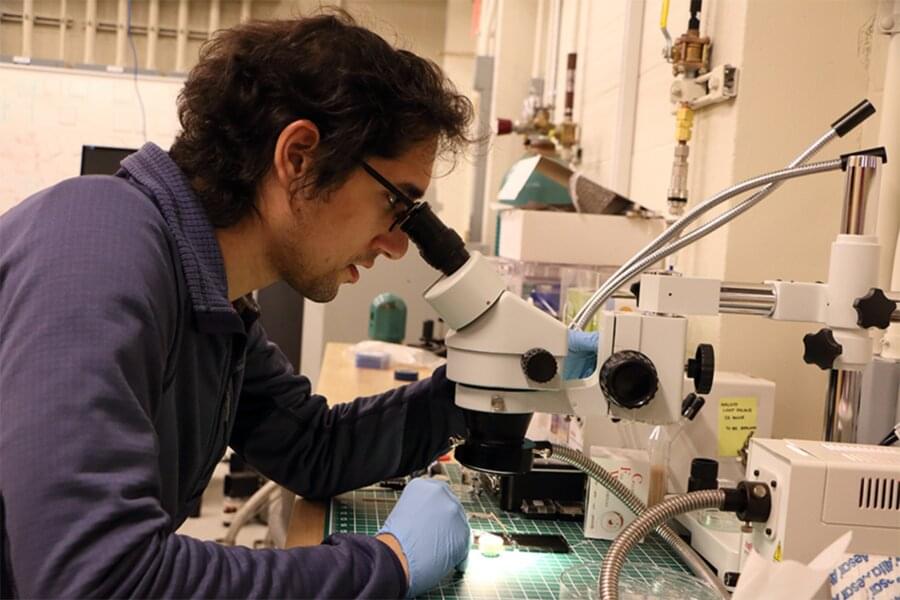Nov 18, 2021
This new startup has built a record-breaking 256-qubit quantum computer
Posted by Genevieve Klien in categories: computing, quantum physics
At long last, physicists from Harvard and MIT have found the killer application for quantum computing: a Mario Bros. GIF made from qubits. The qubits (quantum bits) can also be arranged in a Space Invaders design, or Tetris, or any other shape—your geometrical wish is the qubits’ command.
The GIFs are from QuEra Computing, a Boston startup emerging from stealth, to show off the programmability of their 256-qubit quantum simulator —a special-purpose quantum computer built for solving certain types of problems.


















